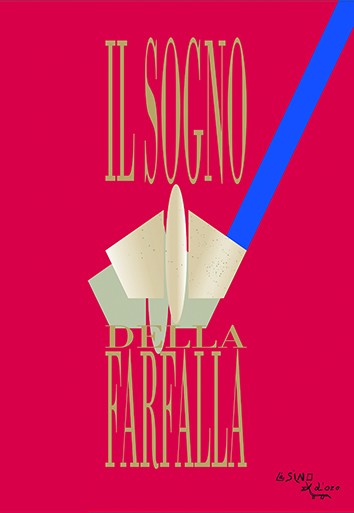Più o meno di un seme. Il limite della vitalità del feto
Abstract
Major medical societies agree on 24 weeks of gestation as a clear-cut threshold that corresponds to the biological maturation of a human fetus with any true possibility of life. Starting from this evidence the authors discuss the concept of human “viability”. The authors describe different aspects of the biology of fetal maturation in humans providing further experimental evidences to the theory by Massimo Fagioli that places the beginning of human life and thought at birth, when the newborn is exposed to the light’s stimulus. In fact, only at 24 weeks, neuronal connections between retina and brain cortex are completed, allowing the light to trigger a complex network of vital responses, including breathing. The integrated reaction of the whole human organism to this stimulus is the event that makes possible the formation of the human mind and thought. This clear-cut threshold paradoxically renders plant seeds, only needing an appropriate environment to develop into a complete tree, more “vital” than a human fetus younger than 24 weeks unable to live and develop into a human being in spite of any kind of strenuous medical support.


